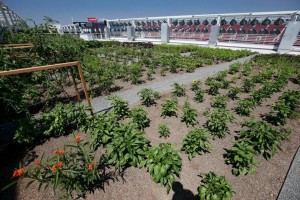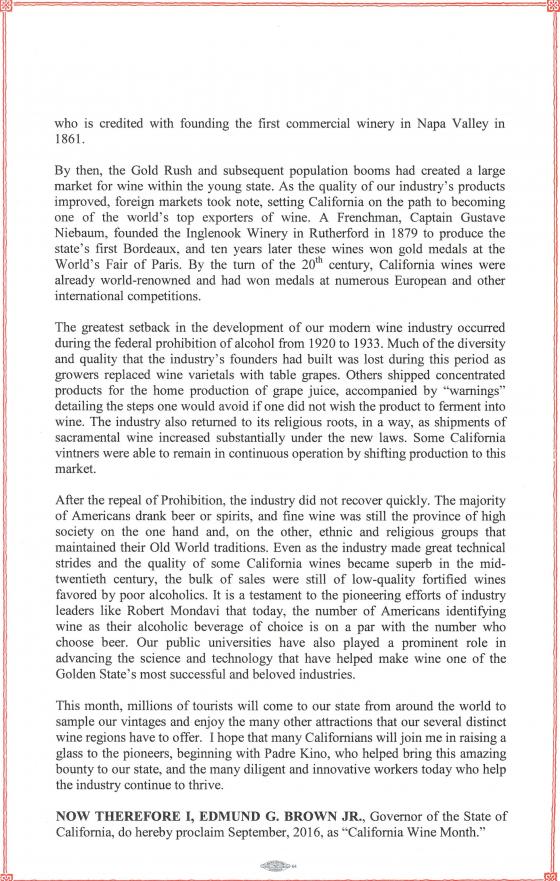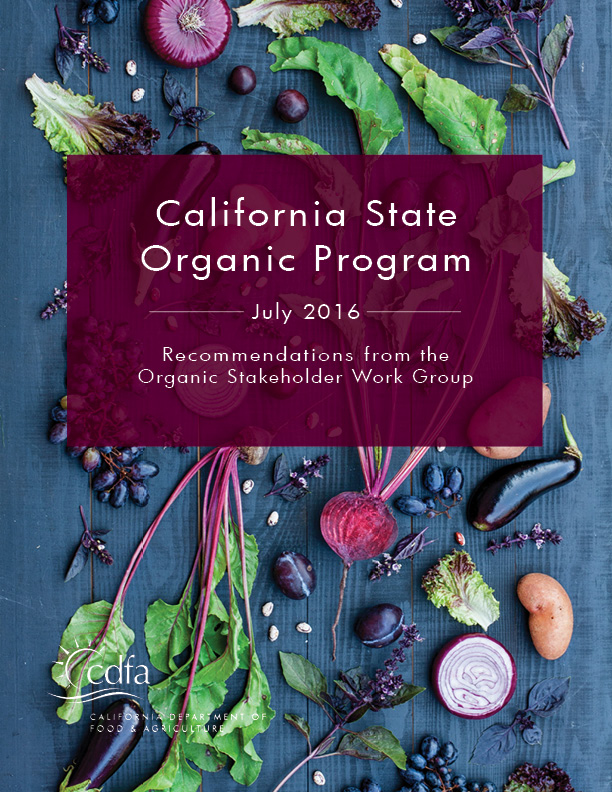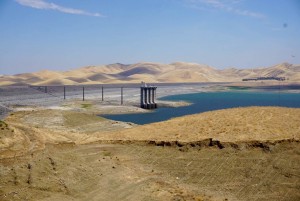Note – Governor Brown today signed AB 1613, which directs $900 million in cap-and-trade investments, including $7.5 million for CDFA’s State Water Efficiency and Enhancement Program (SWEEP) and $7.5 million for CDFA’s Healthy Soils Incentive Program, which is one of many actions identified in the Healthy Soils Initiative.
California’s Climate Future and Soils
California’s Healthy Soils Initiative is a collaboration of state agencies and departments, led by the California Department of Food and Agriculture, to promote the development of healthy soils on California’s farm and ranch lands. Innovative farm and ranch management practices contribute to building adequate soil organic matter that can increase carbon sequestration and reduce overall greenhouse gas emissions.
The Healthy Soils Initiative is a key part of California’s strategy to reduce greenhouse gas emissions by increasing carbon sequestration in and on natural and working lands. Governor Edmund G. Brown Jr.’s Executive Order B-30-15 (April 2015), codified by SB 32 in September 2016, established a new interim statewide greenhouse gas emission reduction target at 40 percent below 1990 levels by 2030. The Executive Order points to carbon sequestration in California’s forests and farmlands as one way to help meet that goal. The Brown administration also recognized the importance of soil health in the Governor’s 2015-16 proposed budget by highlighting that “as the leading agricultural state in the nation, it is important for California’s soils to be sustainable and resilient to climate change.”
In building soil health, California can also make use of wasted resources bound for the landfill. Currently, some 12 million tons of compostable or mulchable organic waste is sent to California landfills annually, where it generates methane and other public health threats that must be managed or mitigated. The Healthy Soils Initiative presents an opportunity to return those organic materials back to the soil, where they can serve as a resource for California’s critical agricultural economy.
Health of agricultural soil relates to its ability to build and retain adequate soil organic matter via the activity of plants and soil organisms. Adequate soil organic matter ensures the soil’s continued capacity to function as a vital living ecosystem with multiple benefits that sustains and produces food for plants, animals, and humans. These benefits include:
- Improve plant health and yields – soil organic matter contains important nutrients that support plant growth, biodiversity and yields.
- Increase water infiltration and retention – healthy soil reduces runoff and has the ability to hold up to 20 times its weight in water; it assists flood management.
- Sequester and reduce greenhouse gases – carbon stored in soil has the potential to reduce overall greenhouse gas emissions from agriculture.
- Reduce sediment erosion and dust – healthy soil resists erosion and improves dust control.
- Improve water and air quality – practices to improve soil health can reduce emissions of criteria pollutants and affect the persistence and biodegradability of pesticides in soil and water.
- Improve biological diversity and wildlife habitat – at least a quarter of the world’s biodiversity lives in the soil; activities to improve soil health on farms and ranches can also promote plant and animal biodiversity and provide wildlife habitat benefits.
Actions for the Healthy Soils Initiative
State agencies, departments and boards met and agreed to a set of five primary actions for the Healthy Soils Initiative:
1. Protect and restore soil organic matter in California’s soils.
2. Identify sustainable and integrated financing opportunities to facilitate healthy soils.
3. Provide for research, education and technical support to facilitate healthy soils.
4. Increase governmental efficiencies to enhance soil health on public and private lands.
5. Promote interagency coordination and collaboration to support soils and related state goals.
California’s farmers and ranchers play a critical role in by managing soils in a way that sequesters carbon and reduces greenhouse gases.
By setting clear goals, incentivizing voluntary on-farm management practices, funding necessary research and demonstration projects and working to promote interagency collaboration and increase governmental efficiencies, the Healthy Soils Initiative can play an important role in meeting California’s 2030 greenhouse gas emission reduction target.











